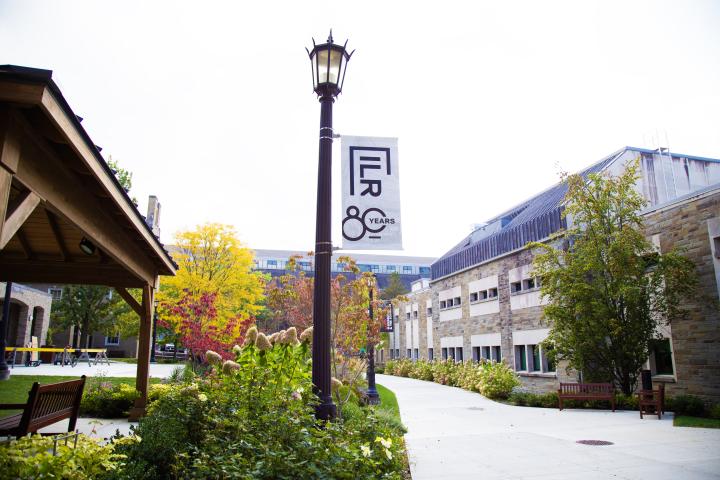
Folly of Layaway
Although some retailers talk about layaway as broadening consumer choices, it instead feeds on desperation "arising from many Americans' inability to borrow, save and, most important, earn," says ILR Assistant Professor Louis Hyman.
Reintroduced by Wal-mart this fall after a five-year absence in the chain's stores, layaway "is being promoted with a moral shine of being 'debt-free' when, like interest charges, all it does is sap working people's incomes," he said in an interview.
"If shoppers don't pay off the layaway, then they don't get the goods. Worse than missing a Black Friday sale would be not having anything to put under the tree. Better to save and to be sure that there will be presents for Christmas," Hyman said.
Shoppers can get the same benefits, plus interest, by putting money in a no-cost savings account, he said. "Even the proverbial cookie jar would be better since it doesn't charge any fees."
U.S. Sen. Charles Schumer, echoing Hyman's opinion piece in The New York Times, criticized layaway.
The senator said he will call for a Federal Trade Commission investigation of layaway fees if stores don't clarify their procedures.
Layaway, a 1930s invention that lost favor in recent years due to credit card availability, is making a comeback this holiday season at chains such as Toys R Us and Sears.
Hyman explained in his article how layaway works:
"Imagine a mother going to Wal-Mart on Oct. 17 and buying $100 worth of Christmas toys. She makes a down payment of $10 and pays a $5 service fee. Over the next two months she pays off the rest. In effect, she is paying $5 in interest for a $90 loan for two months: the equivalent of a credit card with a 44 percent annual percentage rate, a level most of us would consider predatory.
"In comparison, even a card with an 18 percent A.P.R. would charge only half as much interest — and she could take those presents home the same day.
"Then consider what would happen if she couldn't finish all the payments. Wal-Mart would give her the money back, less $10. If she borrowed that $90 and paid $15 in interest for two months, she would have the equivalent of a jaw-dropping interest rate of 131 percent."
Hyman, author of Debtor Nation: The History of America in Red Ink and Borrow: the American Way of Debt, being published in January by Vintage Books, says layaway's return "isn’t a signal that consumers have more choice. It's a signal that in today's cruel economy, there’s no choice left."


